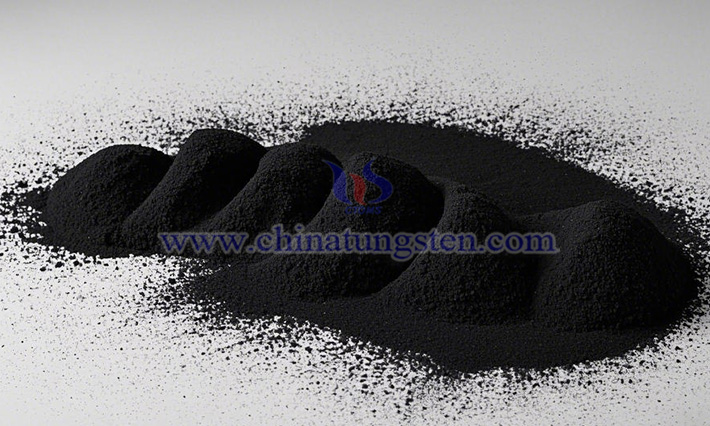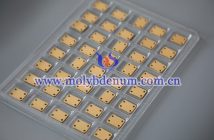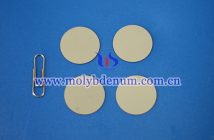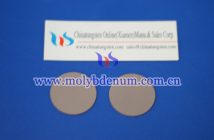The chemical composition of tungsten disulfide (WS?) from CTIA GROUP LTD primarily consists of tungsten (W) and sulfur (S). However, during actual production processes, WS? often contains trace amounts of other elements, such as oxygen, carbon, and others. These impurity elements can influence the properties of WS? in various ways.
The presence of metal impurities may alter the electrical properties of tungsten disulfide, affecting carrier concentration and mobility, which could impact its performance in electronic devices. Some impurities can reduce the purity of WS?, introducing defects into its crystal structure and consequently affecting mechanical properties such as hardness and strength. Additionally, the presence of impurity elements may influence the catalytic performance of WS?, altering its activity and selectivity for specific reactions.

Common impurity elements in tungsten disulfide include the following:
Iron (Fe): Iron impurities may be introduced during the production of tungsten disulfide. The presence of iron can affect properties such as magnetism and conductivity. In applications requiring high magnetic or conductive performance, the iron impurity content must be strictly controlled.
Cadmium (Cd): Cadmium, a toxic heavy metal impurity, is typically present in low amounts in WS?. However, in applications with stringent environmental and health safety requirements—such as food-contact materials or biomedical fields—the cadmium content must be monitored to ensure safety.
Copper (Cu): Copper impurities can impact the chemical stability and electrical properties of tungsten disulfide. For instance, in electrochemical applications, copper impurities may participate in reactions, thereby affecting the performance and lifespan of WS?-based electrode materials.
Magnesium (Mg): Magnesium is usually present in small quantities in WS? and generally has a minimal impact on its properties. However, in specific applications requiring precise control over chemical composition and performance, the magnesium impurity level should still be monitored and regulated.
Molybdenum (Mo): As molybdenum belongs to the same group as tungsten, it may be introduced as an impurity during WS? production. The presence of molybdenum can influence the crystal structure and properties of WS?, such as its catalytic activity and selectivity in catalytic applications.

Lead (Pb): Lead, a toxic heavy metal, poses potential environmental and health risks when present as an impurity in WS?. When using WS? in electronic or electrical equipment, compliance with relevant environmental standards is necessary, requiring strict control over lead impurity levels.
Oxygen (O): During the production, storage, and use of WS?, it can react with oxygen in the air, leading to the introduction of oxygen impurities, often in the form of tungsten oxides. Oxygen impurities may affect the lubricating properties, electrical performance, and chemical stability of WS?.
Hydrogen (H): Hydrogen impurities may originate from raw materials or the production environment. Although hydrogen content in WS? is typically low, in applications with extremely high material performance demands—such as aerospace or electronic devices—hydrogen impurities could have a non-negligible impact on performance.



